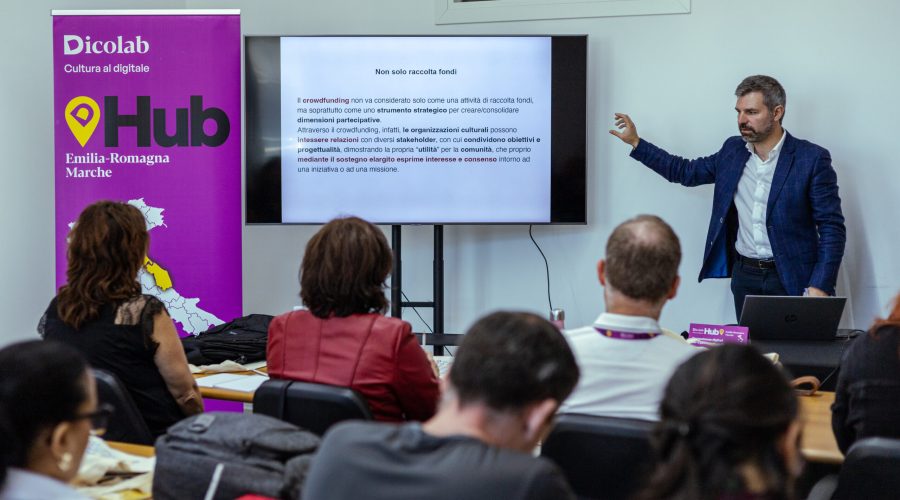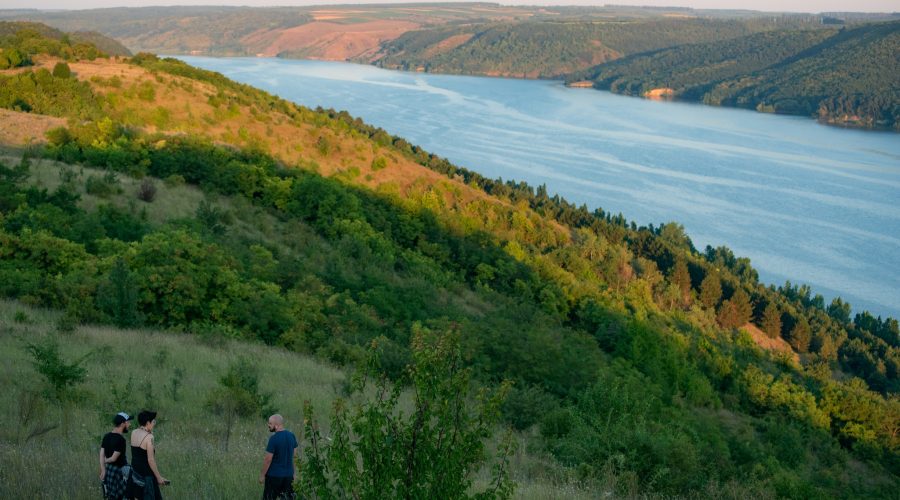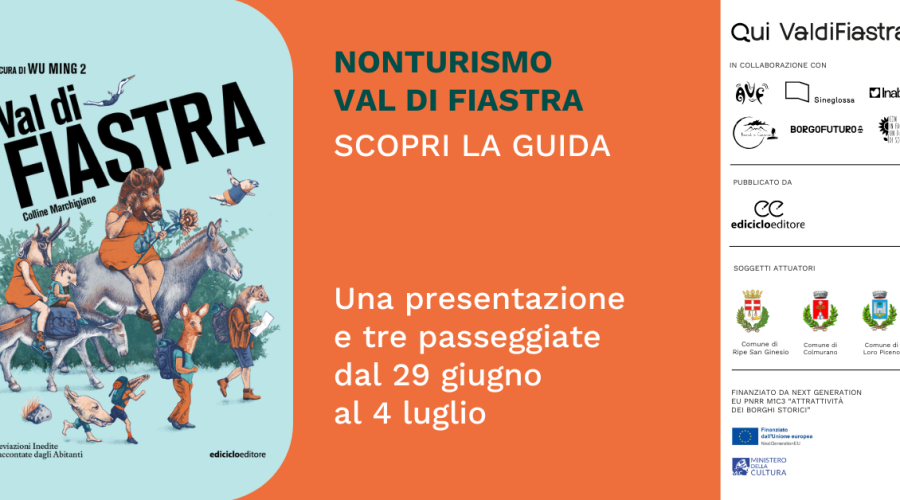Cosa trovi in questa news
Bluetour, the project until now
According to the TRAN Committee’s research “Over Tourism: impact and possible policy responses” tourism has a greater impact on residents than on other groups or stakeholders. However, they are the group that is least often included in defining the tourism strategy for their area. As a result, local communities may view tourism development with scepticism and remain passive – or even excluded – from the process.
The BlueTour project strives to reverse this trend in two ways:
- Engaging the inhabitants of three European coastal cities (Lesbos, Faro, and Ancona) on rethinking their local tourism strategies and how to make them more sustainable and inclusive. This involves organising workshops, interviews, and other forms of community engagement to gather insights and perspectives from locals.
- Involving three artists in a training and production process aimed at translating what emerges from inhabitants into artworks that let the community and tourists read these places through new points of view.
Since January 2023, the project involved a needs analysis phase about local tourism’s state of the art in the three territories of Faro, Ancona, and Lesvos. Based on these need analysis results, Sineglossa developed the BlueTour guidelines and led a capacity-building workshop on community engagement. The workshop aimed to tackle the issues highlighted by these focus groups: empowering local communities to influence tourism strategies inclusively and facilitating grassroots participation in how the city presents itself to visitors.
BLUETOUR is a transnational cultural cooperation project led by Sineglossa, in partnership with Latra and the Municipality of Faro, co-funded by the European Union’s Creative Europe program under Grant Agreement No. 101100189. The views and opinions expressed on this page are solely those of the authors and do not necessarily reflect those of the European Union or the Education and Culture Executive Agency (EACEA). Neither the European Union nor the Education and Culture Executive Agency (EACEA) can be held responsible.
Community meeting in Faro and Lesvos
In Faro and Lesvos, local practitioners from LATRA and GAMA RAMA associations, trained in BlueTour methodology, selected local artists and organised meetings open to residents to investigate together the “spirit of place”, and how this should be translated into itineraries, tourist maps or installations available to people visiting Lesvos and Faro.

How was the community involvement process carried out? In Lesvos, the artist selected by LATRA, Paolo Lolicata, met with several stakeholders and gatekeepers (councillors, tourism and university bodies, refugee centre managers) with whom he explored the island’s context and penetrated some local networks. Various communities were invited to the meetings: students from the university course on sustainable tourism, business and tourism managers, refugees, political representatives working in the cultural and tourism sector, environmental experts, LGBTI+ activists, people with disabilities, local artists and practitioners working with minorities. In addition to collecting stories and places of significance for the different communities, the artist also played the role of facilitator in some cases, helping the various stakeholders to connect.
Paolo in Lesvos was both the artist and the “community weaver”. There was already some trust: everybody knew Paolo.
Aris Papadopoulos, LATRA art director
In this process, it was useful to set up the relationship between artists and gatekeepers not as a “capacity building” or transfer of skills, but more as an exchange of knowledge and perspectives about the space in which one lives. Moreover, the artist opted to concentrate on a specific and defined geographical area, making it easier and more effective to reconstruct a “sense of community”.
The artist wanted to cover the island, even though there are lots of differences: needs, expectations, and institutions. You have to keep it focused. When you overextend, you lose the emotional connection with the communities. Nonturismo's methodology focused on a small community and he thinks that was effective: small and local.
Aris Papadopoulos, LATRA art director
How can inclusive alternative tourist routes be created? In Faro, the partner GAMA RAMA worked with ACAPO – Associação dos Cegos e Amblíopes de Portugal (Association of the Blind and Partially Sighted of Portugal) and the artist André Silva Sancho to collect impressions of the obstacles that blind people identify in participating in public processes and cultural activities in the city of Faro.
The workshop participants thus designed their own “non-tourist” routes in the city: i.e. alternative routes to those of mass tourism, inclusive of the needs of minorities and those who may have different interests from the dominant narratives (Cultural and Historical Diversity Route, Eco-friendly and sustainable route, Inclusive Route for Minorities, Gastronomic and Culinary Route, Artistic and Cultural Route, Thematic Route for Families).

During these workshops, the benefits and drawbacks of the bottom-up approach in tourism policy-making were also discussed, an approach that may be time-consuming since it requires ordinary people to be made aware of the urgency of certain phenomena, such as the impact of tourism. To achieve more effective results a top-down approach, which falls back on the communities from the policy-makers, could prove useful.
What does it mean to offer tourists an “authentic” experience? During these meetings, it emerged that authenticity runs the risk of flattening and homologating if it is not radically linked to a sense of the “unexpected”, to stories, places and meanings that characterise Faro uniquely. This is why citizens should train themselves to visit their city “as tourists”, to bring out the “spirit of place”. During the meetings, an exercise involving non-places, as Marc Augé defines them, was thus experimented, and participants reflected on what is beautiful about these spaces, what makes them authentically linked to Faro, and whether they could be a starting point for alternative and inclusive tourist routes.
BlueTour, the next steps of the project
The project will continue in the coming months with the production of maps, installations and artworks in Faro, Lesvos and Ancona by the artists selected by Sineglossa and its partners LATRA and GAMA RAMA.
From 4 to 9 May, the artists will be in residence in Lesvos to share some practices and reflections on the process started in the three coastal localities and to get to know the activities of the LATRA association.
The works will be inaugurated in the autumn with three local events, and a final conference will be organised in Faro to present the BlueTour methodology, developed by Sineglossa based on the entire route, containing guidelines for replicating the pilot activity in other territorial contexts.



